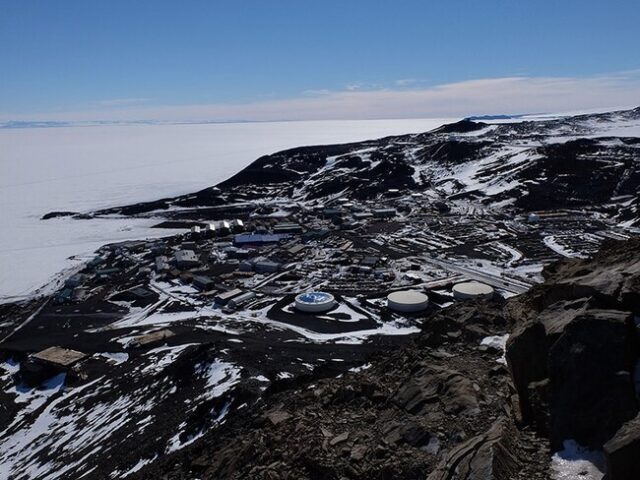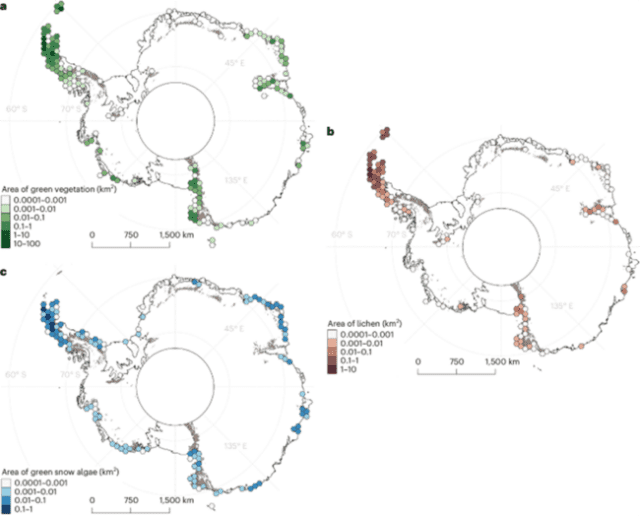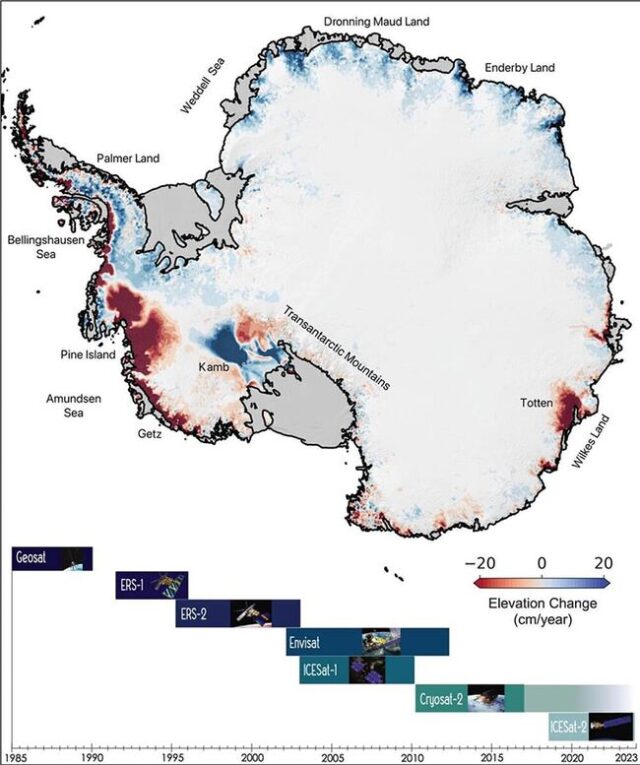
Antarctica, often envisioned as a frozen wasteland, harbors more plant life than previously realized. The first-ever comprehensive mapping of the continent’s vegetation, using satellite imagery, has revealed around 45 square kilometers of photosynthetic life, primarily moss, lichen, and algae. These resilient plants thrive in the harsh Antarctic environment by harnessing sunlight for photosynthesis, playing a crucial role in carbon absorption and soil nutrient processing. This groundbreaking study, published in Nature Geoscience, underscores the significance of tracking this vegetation as it not only reflects the current state of the ecosystem but also provides essential data for future conservation efforts. The research, conducted by a team from the University of Edinburgh and various international partners, highlights the uneven distribution of plant life, with 80% concentrated on the Antarctic Peninsula and nearby islands.

The mapping of Antarctica’s vegetation offers critical insights into the effects of climate change on the continent. As temperatures rise and ice continues to melt, researchers, including Peter Fretwell, anticipate that more areas of exposed rock will emerge, allowing vegetation to spread further. The new map, based on both satellite and on-ground observations, serves as a crucial baseline for monitoring these changes over time. By understanding how plant life in Antarctica is responding to a warming climate, scientists can better predict and prepare for the broader ecological impacts of climate change on this fragile and remote environment.
















